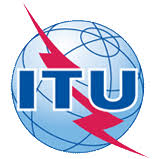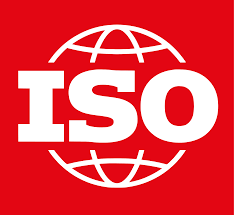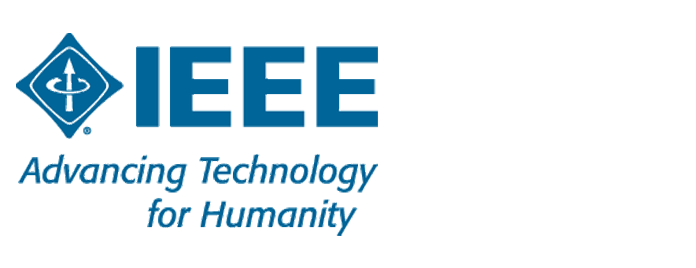Y.4201 - High-level requirements and reference framework of smart city platforms
This Recommendation defines the reference framework and high-level requirements of smart city platforms. All Recommendations and other references are subject to revision; users of this Recommendation are therefore encouraged to investigate the possibility of applying the most recent edition of the Recommendations and other references listed below. A list of the currently valid ITU-T Recommendations is regularly published. The reference to a document within this Recommendation does not give it, as a stand-alone document, the status of a Recommendation.



